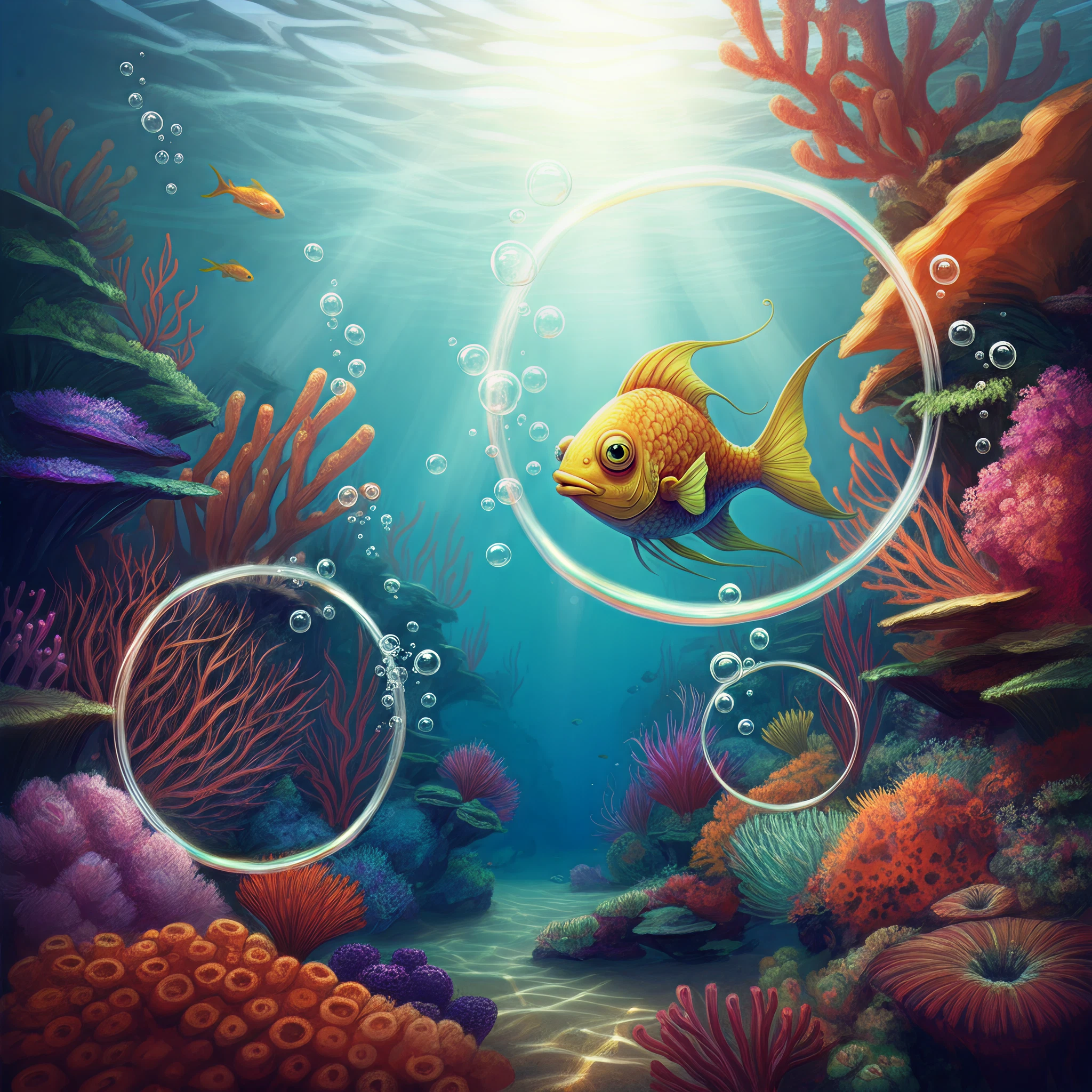Every so often, science surprises us with revelations that are, quite literally, from another world. This time, that world is under the surface of our rivers, streams, and oceans, where certain fish might be partaking in something unexpected due to human activities. Picture this: fish that are calmer, bolder, even flashy in their behavior. Could they be on drugs? Research suggests it might just be possible.
How Drugs Enter Our Waterways
Pharmaceutical pollution in our waterways is a surprisingly widespread problem. Anti-anxiety drugs, antidepressants, and numerous other medications are finding their way into rivers, lakes, and oceans. These medications enter ecosystems in a few ways:
- Improper disposal of unused medications (e.g., flushed down toilets).
- Human and animal waste, which contains traces of drugs consumed.
- Direct pollution from pharmaceutical manufacturers.
The result? Our water systems are becoming a swirling “cocktail of pharmaceuticals,” exposing wildlife to substances that can alter their natural behavior.
What Happens When Fish Are Exposed to Drugs?
Recent studies conducted by behavioral ecologists are shedding new light on how psychoactive drugs, such as anti-anxiety medications, impact aquatic life, specifically fish. One example comes from research surrounding salmon, which revealed some fascinating behavioral shifts.
Risky Behavior Emerges
Salmon exposed to small amounts of anti-anxiety drugs displayed noticeably altered behavior. Juvenile salmon, typically cautious as they migrate from freshwater habitats to the open ocean, became bolder and more reckless. Overcoming the significant challenge of navigating past dams, these salmon were observed making their treacherous passage faster than their non-exposed counterparts.
At first glance, this might seem like a survival advantage. However, scientists warn that such uninhibited behavior might make these fish more susceptible to predators or other environmental threats.
Stress Reduction, but at What Cost?
Drugs like benzodiazepines (used for treating anxiety and insomnia in humans) were found to lower stress responses in fish species. While this may sound positive, it disrupts the natural balance of behavior, affecting the ecosystem. For example:
- Reduced fear responses may lead fish to swim in unsafe open waters.
- Changes in migration patterns can disrupt food chains and ecological balances.
The Ripple Effect on Ecosystems
Fish aren’t the only ones affected. Altered behaviors in species like salmon create ripple effects that impact entire ecosystems. For instance:
- Predators may struggle to adjust to the bolder behavior of prey.
- Disrupted migration affects nutrient distribution in waterways.
- Reproductive patterns may shift or decline due to behavioral changes in affected species.
What Can We Do About Pharmaceutical Pollution?
Tackling the issue of pharmaceutical contaminants in water requires collaborative efforts at multiple levels. Here’s how we can all help:
- Dispose of Medications Properly
Avoid flushing unused drugs down the toilet. Many pharmacies and healthcare providers offer medication take-back programs.
- Upgrade Wastewater Treatment
Governments and organizations can invest in advanced filtration systems that remove pharmaceutical residues from wastewater.
- Raise Awareness
Public education on the impact of pharmaceutical pollution can encourage sustainable practices in both households and industries.
- Support Research
Continued funding for scientific investigations will provide greater insight into how these pollutants affect various species and ecosystems.
Final Thoughts
While the idea of drug-exposed fish may sound bizarre, it highlights the pervasive impact of human activities on the environment. From salmon making risky decisions during migration to the broader effects on ecosystems, this phenomenon reminds us of the interconnectedness of nature and humanity.
By being mindful of how we dispose of medications and understanding the broader environmental implications of pharmaceutical use, we can help reduce the unintended side effects on aquatic life.
Want to learn more about how behavioral ecology studies like these influence conservation? Stay informed and join the conversation to help protect our ecosystems for tomorrow. 😊
Note: While this article explores the effects on fish, it is crucial to remember that efforts to protect nature often benefit humanity as well. Let’s all aim to leave our environment better than we found it!








